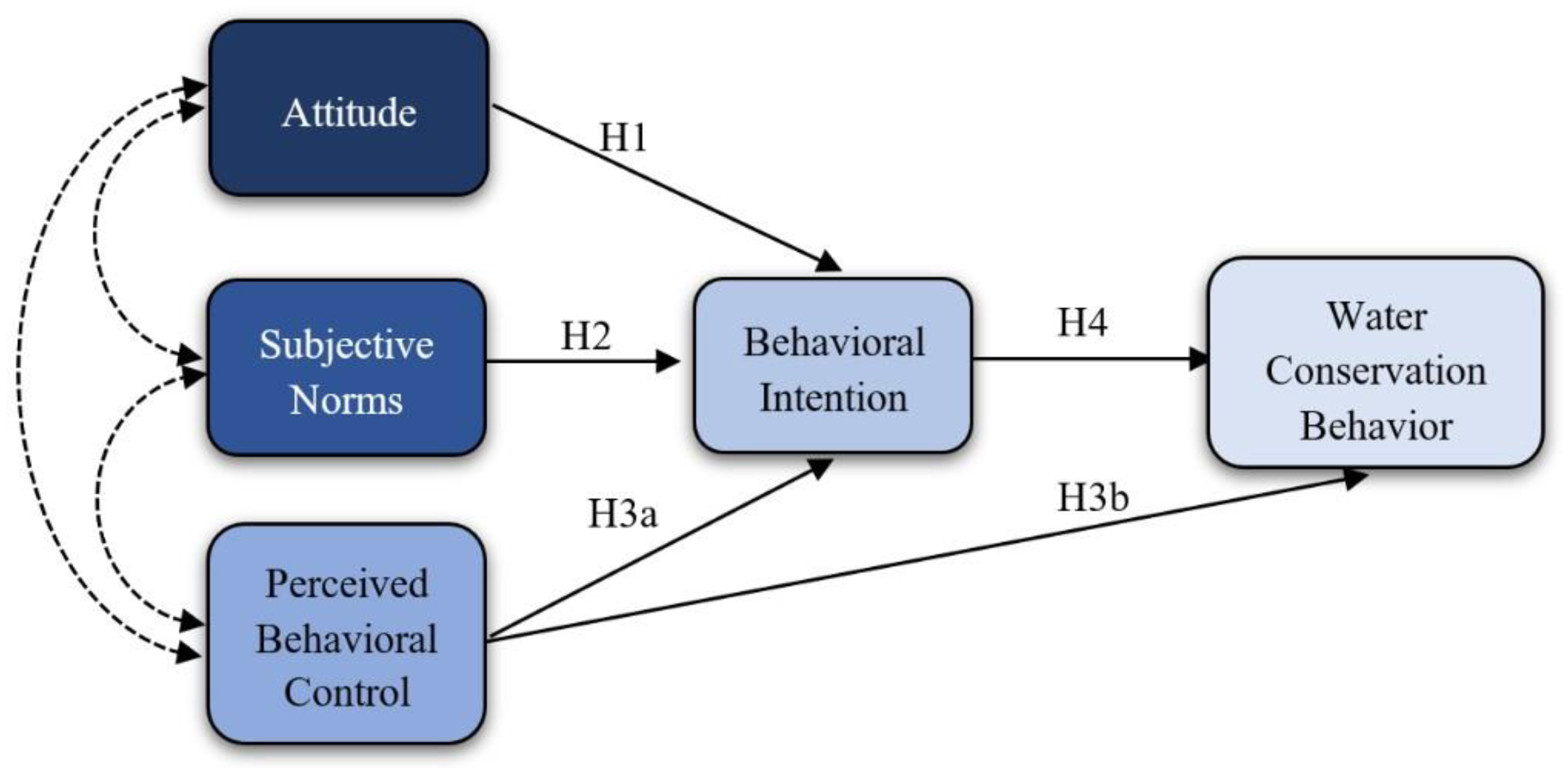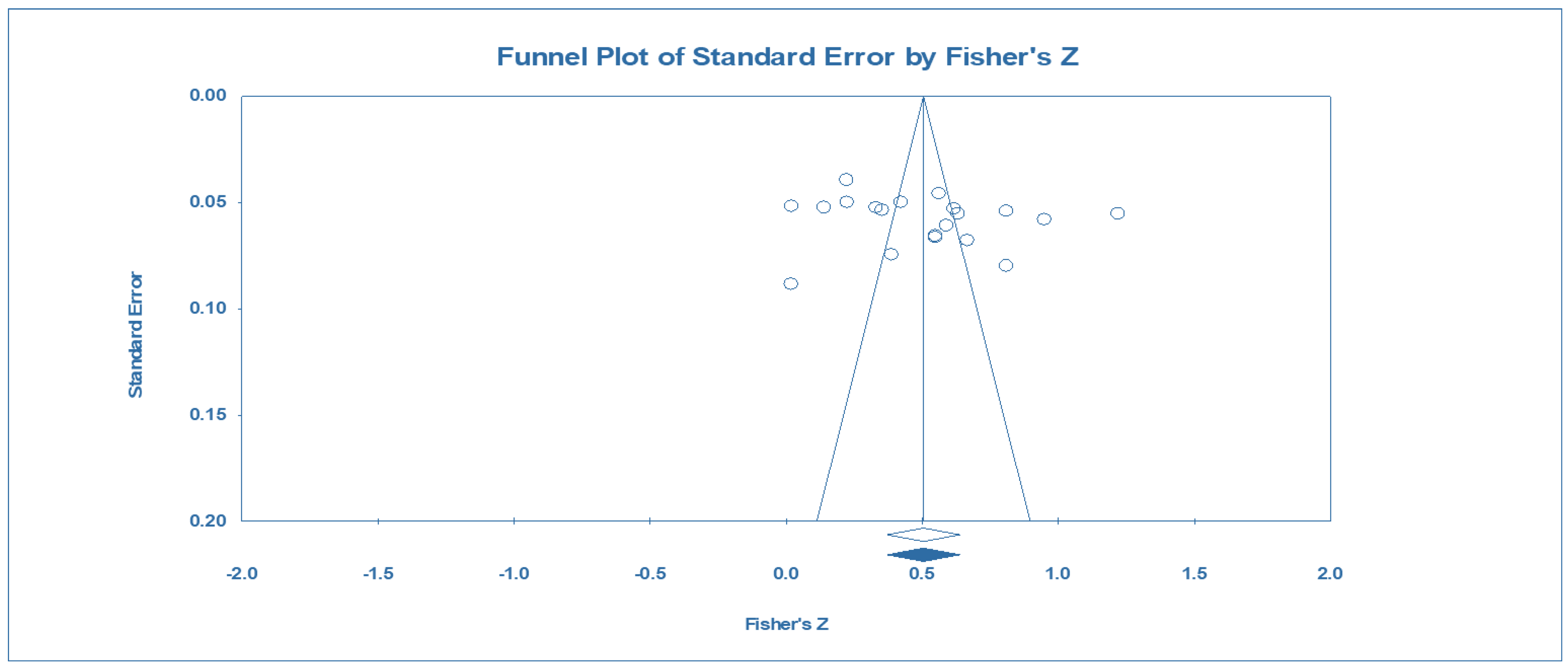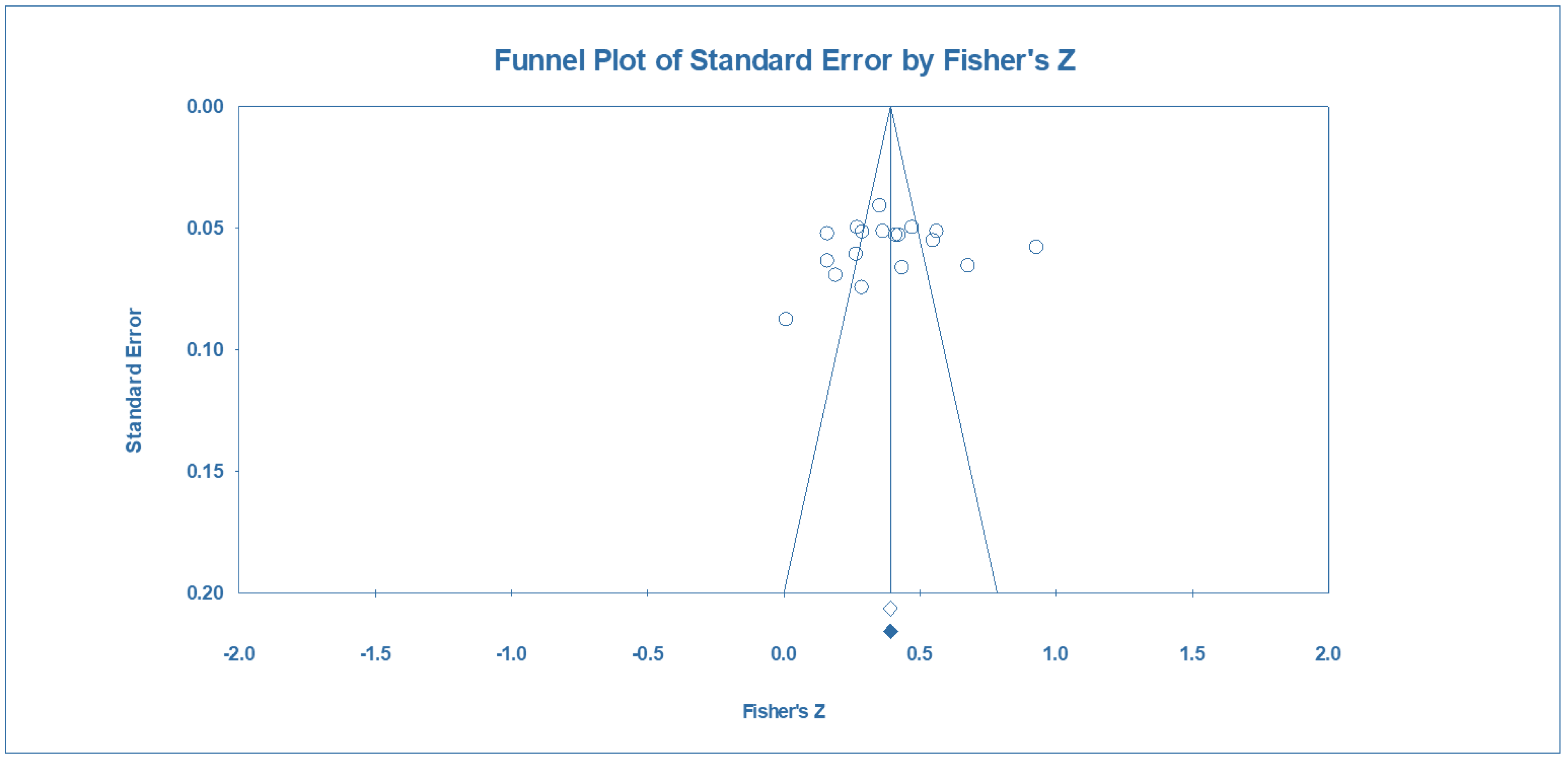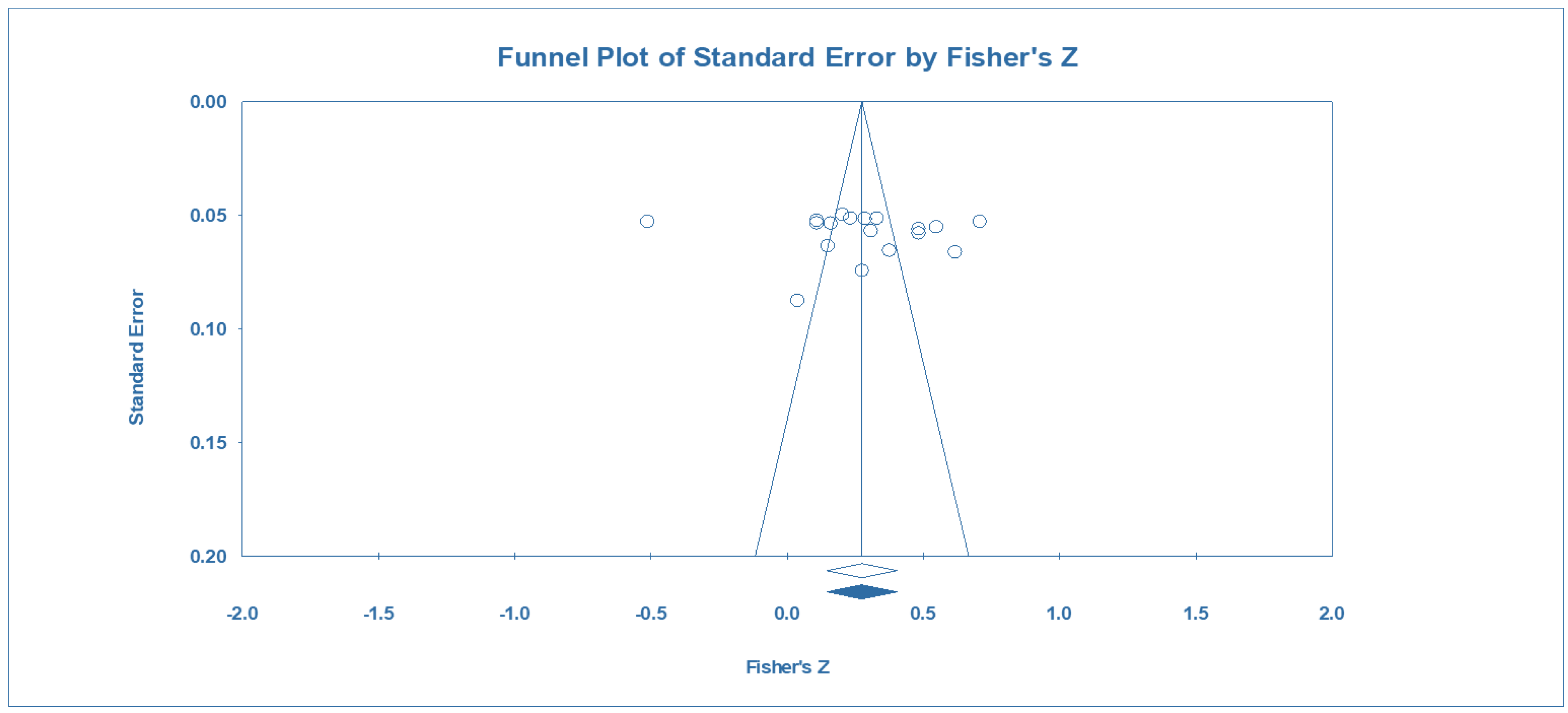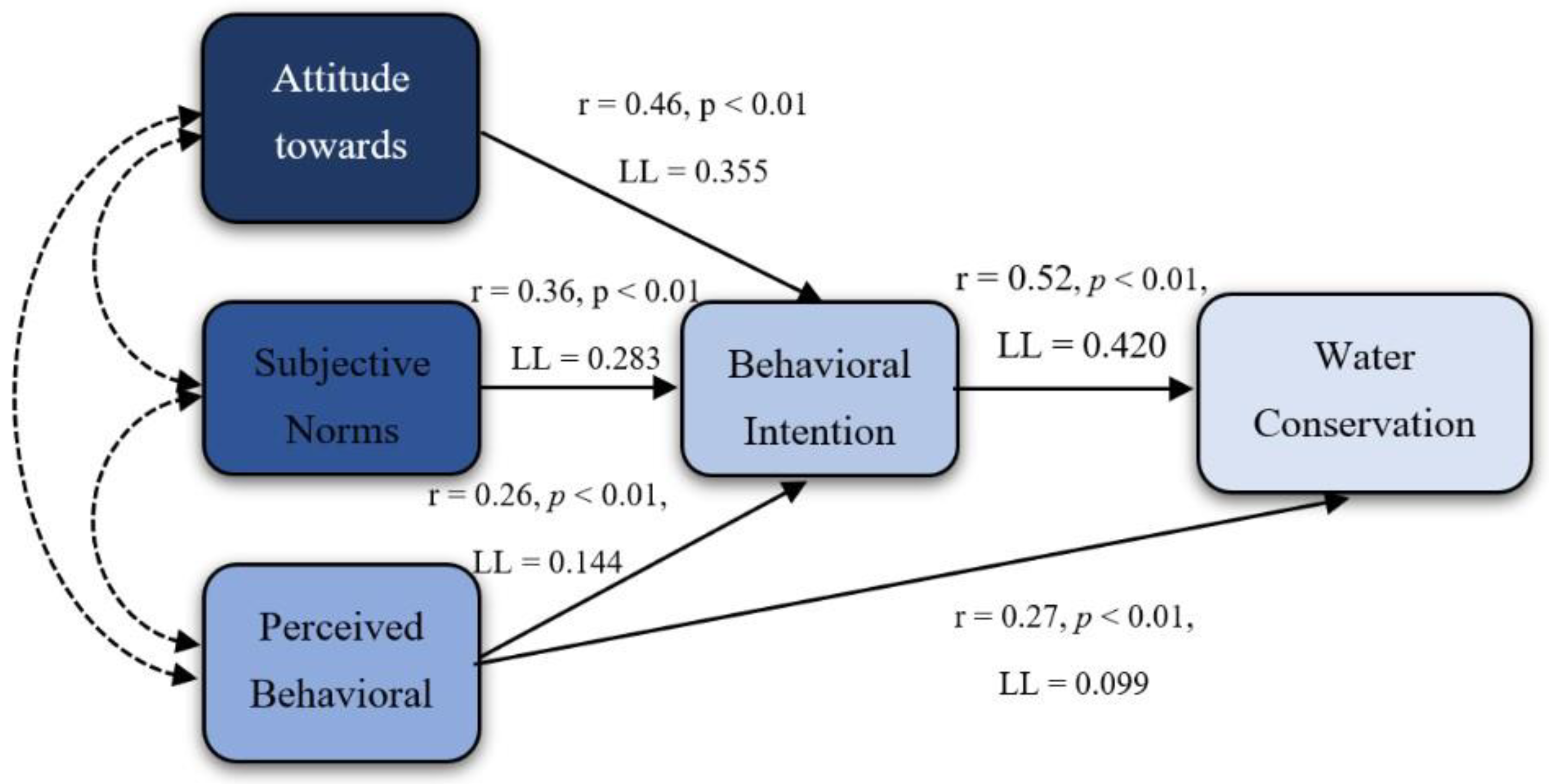1. Introduction
Agriculture consumes the largest share of freshwater resources around the world [
1,
2]. The FAO has called for environmentally friendly decisions and policy initiatives to be taken by water and irrigation authorities around the world to assist farmers in obtaining more reliable yields on the one hand and to optimize the amount of water consumed in their farming systems on the other hand [
3]. Similar to many countries around the world, agriculture in Iran consumes almost 89–92% of freshwater to produce food, fiber, and raw materials needed by manufacturers [
4,
5]. Noticeably, the productivity of water consumption (the amount of output produced per unit of water consumed) is low, which creates a challenging debate about water resource management [
6].
Maintaining a balance between socio-economic goals and environmental sustainability needs an understanding of economic resource flows [
7], the application of water-saving technologies, and taking into account the signals of internalized cultural and psychological patterns [
6,
8,
9]. In spite of a reduction in water consumption in farming systems by water-saving technologies, the conservation of such resources in the long run depends on how farmers contribute to developing conservation behavioral intention (BI) and overt sustainable actions and how a variety of stakeholders follow collaborative interventions. In fact, sustainability cannot be achieved in agricultural water resource management by considering only biophysical and ecological conditions, allegedly hard systems; the stance of hard systems definitely depends on human features and reciprocal linkages, known as soft systems [
4]. From this point of view, providing non-monetary strategies and operational measures to change the BI and accept voluntary behavior of farmers along with price and monetary strategies [
6,
10,
11] are core issues in achieving the strategic management of agricultural water resources.
The significance of the sustainability approach is crucial particularly in relation to the challenge of water scarcity in the future [
12], reduced access to freshwater resources, especially in emergencies, and the need for water resources to produce food given the expected increase in the frequency of droughts [
13]. Thus, the agricultural sector needs to dramatically increase its water-use efficiency by advancing water-conservation strategies [
5,
6,
14].
The basic perspectives of water-conservation programs fall under the categories of technological, financial, legislative, maintenance, and educational categories [
15]. Water conservation deals with a reduced amount of water consumed in farm systems. Water conservation in farming in practice depends on the WCB of farmers, which is an internalized psychological trait that pertains to farmers’ personality features. Encouraging farmers to intake the conservation intentions and form WCB is not an easy task because the behavior should be voluntarily internalized by farmers [
10,
13], and then appropriate and innovative behavioral patterns are gradually externalized and embraced among the farmers with different personality traits [
16].
There is a very rich body of evidence on water saving and conservation behaviors with actors such as households and citizens in the urban sector [
17,
18,
19] and the agricultural sector [
5,
6,
10,
11,
20]. The synthesis of existing evidence on BI and WCB, derived from analyzing the causal associations of the constructs of social-psychological theories, is a method by which it is possible to integrate contradictious research evidence.
A variety of different effect sizes are interpreted in terms of being small, moderate, and strong, indicating an interpretive pluralism. More clearly, for example, the relationship between attitude (ATT) and BI was reported to be 0.30 (r = 0.30,
p < 0.001), which indicates 9% of the explained variance of BI; in other words, the amount of the effect size is equivalent to small (R
2 = 0.09) [
21]. Moreover, in the study carried by Bakhshi et al. [
22], the correlation coefficient value of 0.53 between attitude and BI shows a moderate effect size (R
2 = 0.28)—28% of the variance of the BI is explained by attitude. Mohammadi et al. [
23] have shown a strong effect size for attitude in predicting BI (r = 0.74; R
2 = 0.54). In relation to PBC, the body of literature shows a multiplicity of the effect sizes of this variable: the effect size includes small, medium, and large interpretations. A contradictory evidence to the nature of the causal relationship in TPB is the negative relationship between PBC and WCB (r = −0.51,
p < 0.01) [
24].
Thus, the question that arose is to what extent the external constructs of TPB could play a role in predicting the variance of BI and WCB and how it is possible to make uniform the heterogeneity and diversity that resulted from a multiplicity of interpretations of the causal relationships. Through meta-analysis, this study attempted to fill in the methodological gap in analyzing such data. The knowledge gap will also be filled concerning the relationships ATT → BI, SNs → BI, PBC → BI, PBC → WCB, and BI → WCB. With this approach, the uncertainty about how the constructs of the TPB will affect each other will be reduced, and researchers can better use this evidence in establishing the hypothetical statements about the relationships between BI and WCB. Meta-analysis is a de facto tool for quantitatively analyzing and synthesizing research findings from a set of empirical studies [
25,
26]. This analysis makes it possible to estimate the actual associations between TPB constructs.
This article attempted to synthesize a variety of the confirmatory and contradictory findings in the context of BI and WCB and to provide an integrity of existing results to reduce discrepancies. The specific objectives were (1) to find out the effect size of the impact of attitude, SNs, and PBC on BI; (2) to figure out the effect size of the impact of BI and PBC on WCB; and (3) to indicate implications and make suggestions to authorities in the Water and Sewerage Department (WSD).
3. Materials and Methods
The study benefited from a meta-analysis technique to analyze the entry data of a variety of studies investigating the causes of the formation of farmers’ behavioral intentions and the optimal use of water resources, over the period of 15 years of water studies.
3.1. Inclusion/Exclusion Criteria
The nature of the research problem, the type of sample under study, and constructs in the theoretical framework of a variety of studies guided the selection of studies for meta-analysis in this study. Furthermore, the following criteria were developed and used to opt for the required studies.
Usage of the linear regression analysis, path analysis, and structural equation modeling (SEM) to analyze the relationships of the constructs of TPB or separate models that have analyzed the effect of each construct on BI and WCB;
The studies that include statistics, such as the Pearson correlation coefficient, the significance level, the central tendency, and the dispersion indices, such as the mean, the standard deviation, and the variance;
While using the questionnaire (i.e., survey), high and acceptable reliability indicators (Cronbach’s alpha, composite reliability (CR), and average variance extracted (AVE));
Articles indexed in reputable databases, such as SID, Springer, Elsevier, John Wiley, Taylor & Francis, Google scholar, and ProQuest dissertation;
Limiting the reviewed studies by focusing on the BI and WCB of just farmers, rural people, and landowners as the main stakeholders in the agricultural sector. The reason for excluding a sample was that agricultural activities in farming systems are different from the initiatives done by stakeholders in other sectors, for instance, workers and city dwellers.
3.2. Searching on Internet
One of the main steps in conducting meta-analysis research is to select the type of databases that deliver tailored and valid scientific works to collect and provide meta-analysis input data. Thus, the databases of SID, ProQuest, Springer, Science Direct, John Wiley, Sage, Taylor & Francis, Emerald Insight, and Google Scholar were searched. The keywords in the primary, secondary, and tertiary searches are given in
Table 1.
From the studies accessed from the database, 28 studies were included in the meta-data analysis based on the inclusion/exclusion criteria listed above.
3.3. Software and Analysis
We went through the option of two groups or correlation and then continued and used the format of computed effect size in the interface of a comprehensive meta-analysis (CMA). The groups consisted of correlation and sample size, correlation and standard error, correlation and variance, Fisher’s Z and sample size, Fisher’s Z and standard error, Fisher’s Z and variance, correlation and t-value, t-value and sample size for correlation, and p-value and sample size for correlation.
CMA software (version) was used to perform the meta-analysis [
48] because there are good materials and manuals that help a novice researcher to be well-trained. In addition, working with the software is easy due to its well-organized design and good graphical space. The effect-size index for each study was calculated using a statistic, such as the correlation, the t-value, the sample size, the standard error, and the
p-value depending on the data provided by the selected studies. Meta-analysis is usually used to pool correlation matrices together in the first stage of analysis. The pooled correlation matrix is used to fit path-analysis models (PAMs) in the second stage of analysis. As researchers usually apply ad hoc procedures to fit the PAMs, some of these procedures are not statistically defensible from a structural equation modeling or a path-analysis perspective [
25].
The final sample consisted of 28 cross-sectional surveys. The released date ranged from 2005 to 2020.
Figure 2 displays achieved studies in three rounds of Internet searching.
3.4. Formulae and Data Entry
The following formula was used to transform r to Z
Fisher, as mathematical operations was done on data entry for CMA.
5. Discussion
In this section, we would report the value of estimated points referring to the paths of ATT → BI, SNs → BI, PBC → BI, PBC → WCB, and BI → WCB (see
Figure 8). The results were assessed by means of Cohen’s judgment scale. The correlation of 0.10 (r = 0.10) explains 1% of the total variance (i.e., small effect); 0.30 (r = 0.30) accounts for 9% of the total variance (i.e., medium effect); and a correlation as much as 0.50 (r = 0.50) predicts 25% of the variance (i.e., large effect) [
21]. This research provided a combined finding, which is derived from the integration of the contradictory evidence reported in WCB studies.
The results showed that the three constructs of attitude, SNs, and PBC affect BI, and they are able to predict the variance of BI. Furthermore, PBC and BI are the indirect determinants of WCB. Given the confirmation of the effect of the main constructs (i.e., exogenous variables of the model) of the TPB on the intention and actual behavior, this evidence can provide basic information for authorities in the WSD on water-use-optimization planning in the agricultural sector. The meta-analysis results show that the maximum effect size is calculated related to the attitude. Previous research has emphasized the effect of attitude on the BI and showed the role of the psychological dimension and thought-based attitudes and the lens by which farmers see their environment, things, processes of farm management, and entities that they face, as they work in their farms. The lens of attitude affects farmers’ intentions more. This is because when farmers have favorable attitudes and tendencies of involving in pro-environmental behaviors, they generate favorable cognitive frameworks by which they perceive, embrace, and internalize the necessity and usefulness of implementing efficient pro-environmental behaviors [
41]. This is a substantial role that is played by attitudes. Attitude is the closest center and reference to farmers to create data to shape their behaviors.
Next to attitude, PBC has the greatest impact on the BI, which shows that attention to the abilities and skills of farmers is also very important in planning attitude change and implementing practical solutions in the field of planned behavior. It indicates that the more farmers have a technical, economic, and temporal authority, such as knowledge, information, money, time, disposal to financial state-led sources, etc., the more they have control over the actions taken in their farm settings and therefore are able to become involved in saving water resources [
6]. A point kept in mind is that PBC emanates from either a well-prepared mentality or environmental-prepared situations, for example, when farmers are self-reliant or self-trusted as well as when they are acquainted with the suitable knowledge to enhance their pro-environmental behaviors, related to the latter style, and when farmers own infrastructure or even when they are financially supported by which they are able to engage in pro-environmental behaviors [
41].
The result of the positive impact of attitude on BI indicates that attitude is able to predict 21% of the variance of BI; SNs could predict 12% of the variance of BI; and PBC is able to account for 6% of the variance of BI as well as 7% of the variance of WCB. Additionally, BI is able to predict 27% of the variance of WCB and falls into the powerful range of effect size for BI. Consequently, BI is the main construct in the theoretical framework with the strongest effect size. This finding is consistent with an effect size closer to previous studies, such as Yazdanpanah et al. (2015) [
12] and Valizadeh et al. [
38]. The take-home message of the article is that the findings of the study affirm the hypothetical statements of the constructs of the TPB, as would be hypothesized.
6. Conclusions and Remarks
The article concludes that the main constructs of the TPB (i.e., attitude, SNs, and PBC) have a positive effect on BI. Furthermore, the two variables of BI and PBC can predict the WCB of farmers. In general, TPB is a tailored psychological model for water resource saving behavior. Due to the high impact of attitude and PBC on the BI, managers and planners in the field of water resource management are advised to pay sufficient attention to these two factors in agricultural water resource management planning.
More research is needed based on testing the constructs of TPB and on the actual behavior of WCB by farmers. Ongoing research will lead to the final confirmation of the prevailing attitudes in the region about water resources and their optimal consumption. This issue is especially important in terms of the inclusion of attitudes in the two areas of online memory and retrieving of farmers’ previous memory. An emphasis to ongoing research works in this area is recommended in order to maintain the knowledge and experience flow between water resource management research, policy, and practice.
In general, based on research results, one of the solutions to make better water resource management is to examine the views and realities constructed by farmers about water resources and related management styles before carrying out water resource management projects. Identifying the potential capabilities of farmers and their economic and social backgrounds to expand water-conservation behavior and the tendency and acceptance of water resource management project management are also important requirements in making resource management projects effective. The use of various methods of individual, group, and collective communication to interact with farmers and in the form of extension training and organizing and mobilizing farmers to facilitate effective management of water resources is recommended. At the level of water resource management research, it is imperative to examine the economic and social factors that determine the attitude, subjective norms, and behavioral control of farmers towards sustainable management of agricultural water resources and to promote extension programs under the findings of this research. Revitalizing policies of farmers’ organizations, establishing continuous interactions between government experts and farmers, and creating the necessary platform for building trust among farmers would improve farmers’ attitudes toward water resources and management styles. In this vein, the implementation of financial incentives and the implementation of support programs and training of farmers through holding courses and promotional classes to increase the level of ability, skills, knowledge, and awareness of farmers about sustainable water resource management and related measures, and thus farmers’ more favorable attitudes, are valuable.
This research has three limitations that can be explored in future research. The first limitation relates to ignoring the inter-correlation of the three main constructs of TPB. The second limitation is related to the fact that some of the reviewed studies have assumed that self-efficacy is equivalent to PBC because they have focused on the internal features of the PBC study, while other studies considered the environmental characteristics of PBC. The third limitation is that some of the studies included in the analysis had removed some principal constructs of the TPB; in turn, others had added more components to extend the theory and to adapt to their contexts as well. To include these types of articles in the meta-analysis, we had to extract the statistical data of the construct selected and studied by the authors. Another obvious limitation in the present study is a lack of reviewing articles in languages other than Persian and English, which is known as language bias in the meta-analysis literature. Therefore, for future studies, it is suggested that foreign-language specialists be present in the research team, that the results of research with other languages be used, and that ground for improvement in the results of the meta-analysis be provided.
